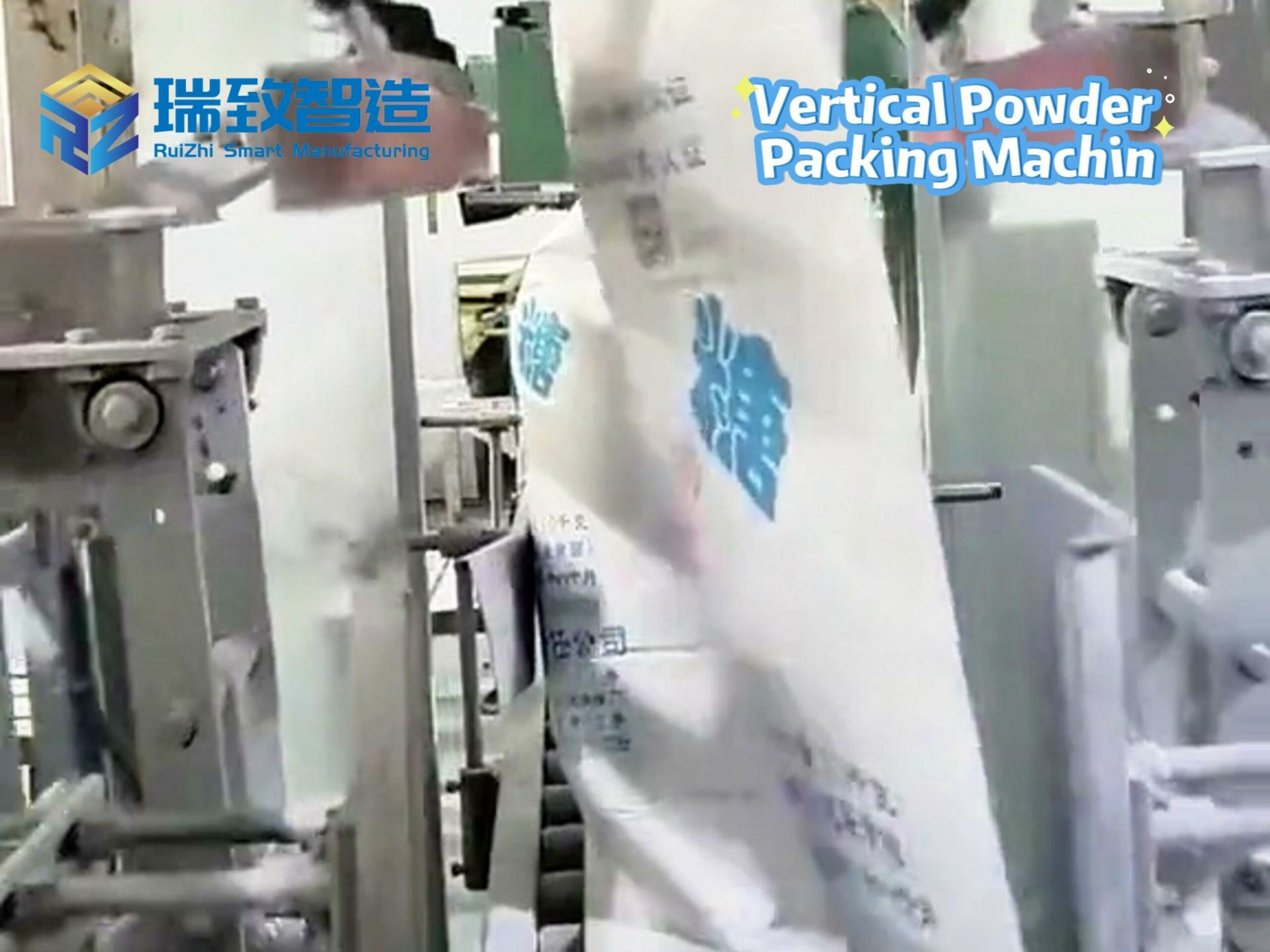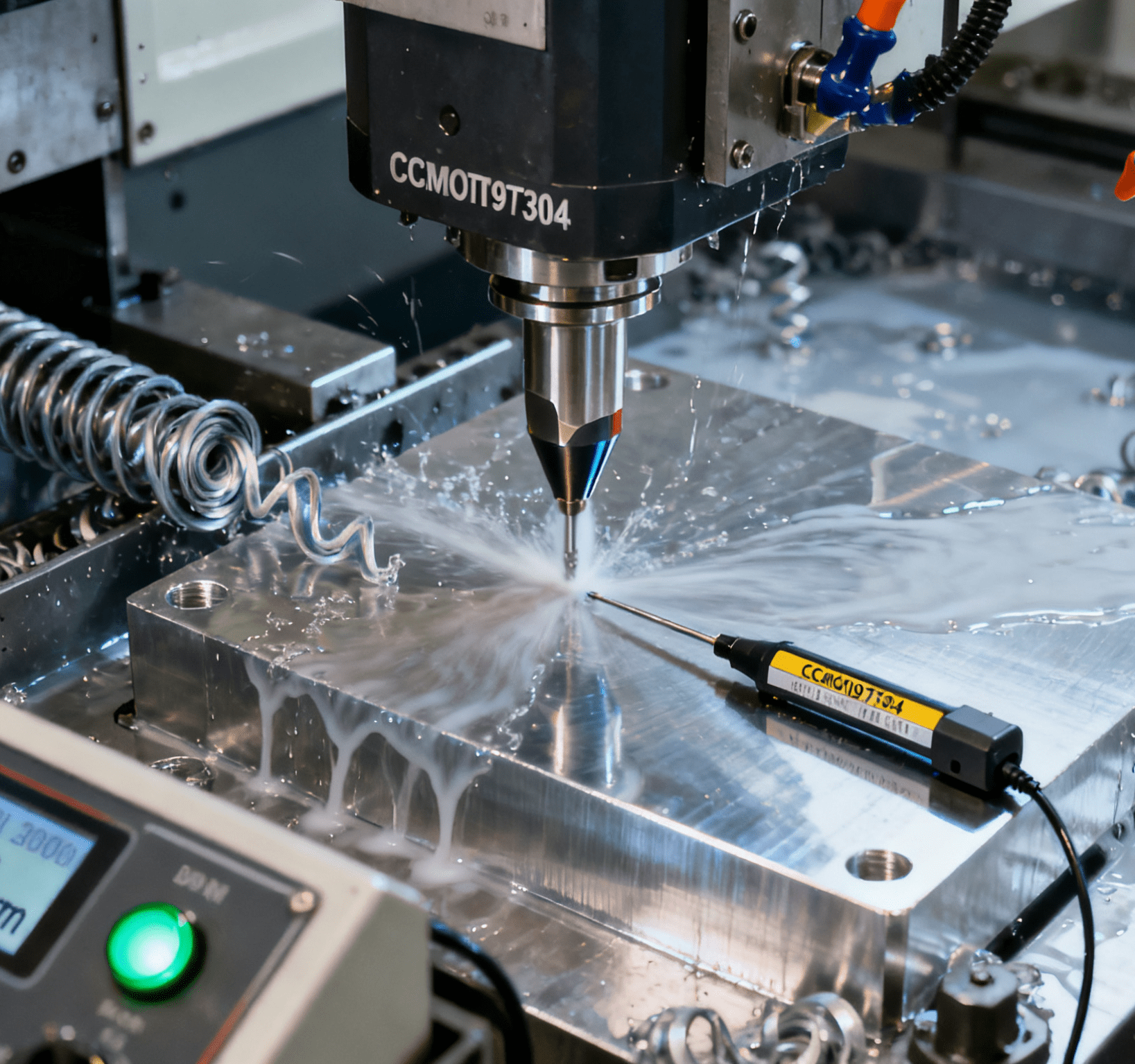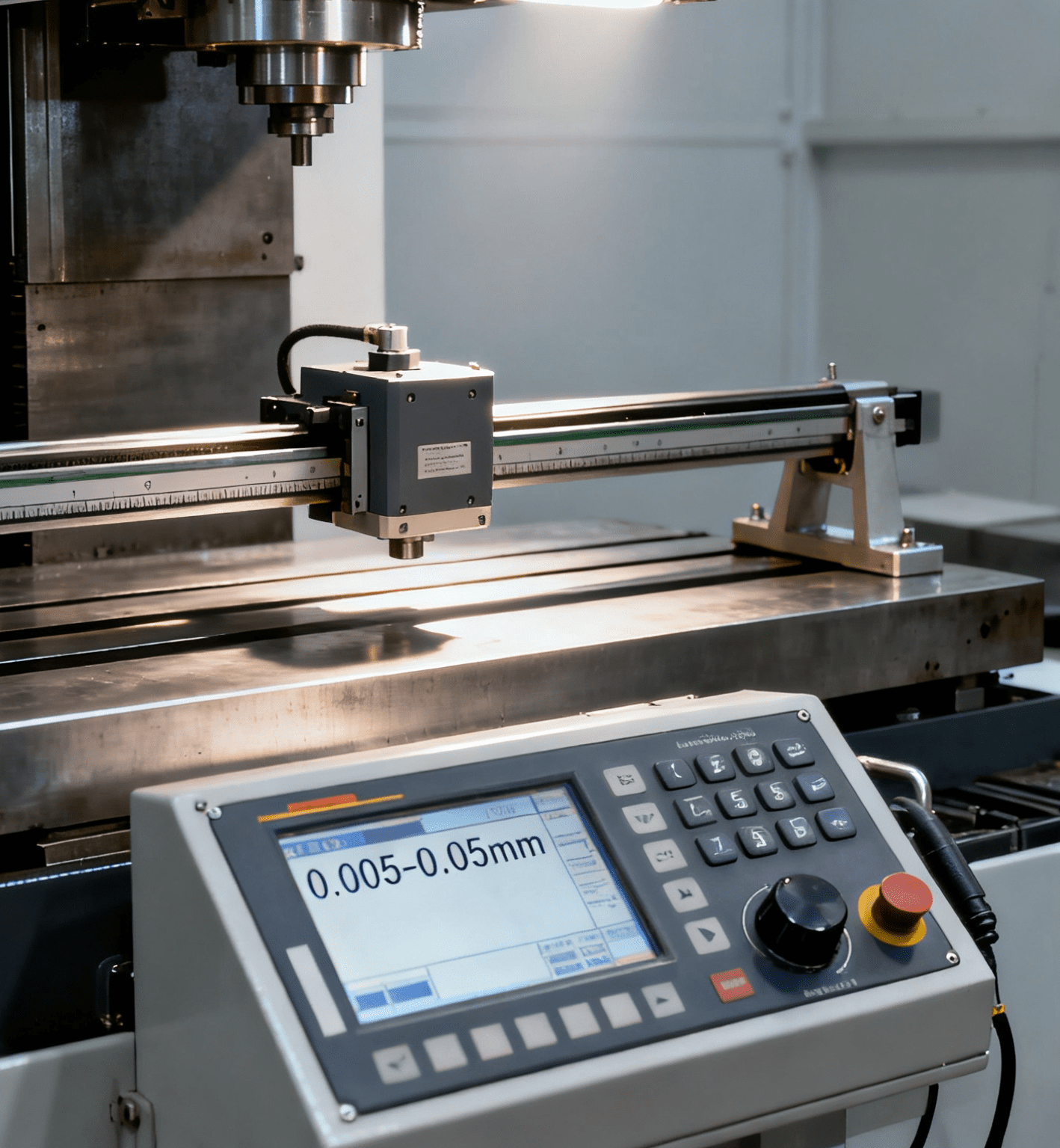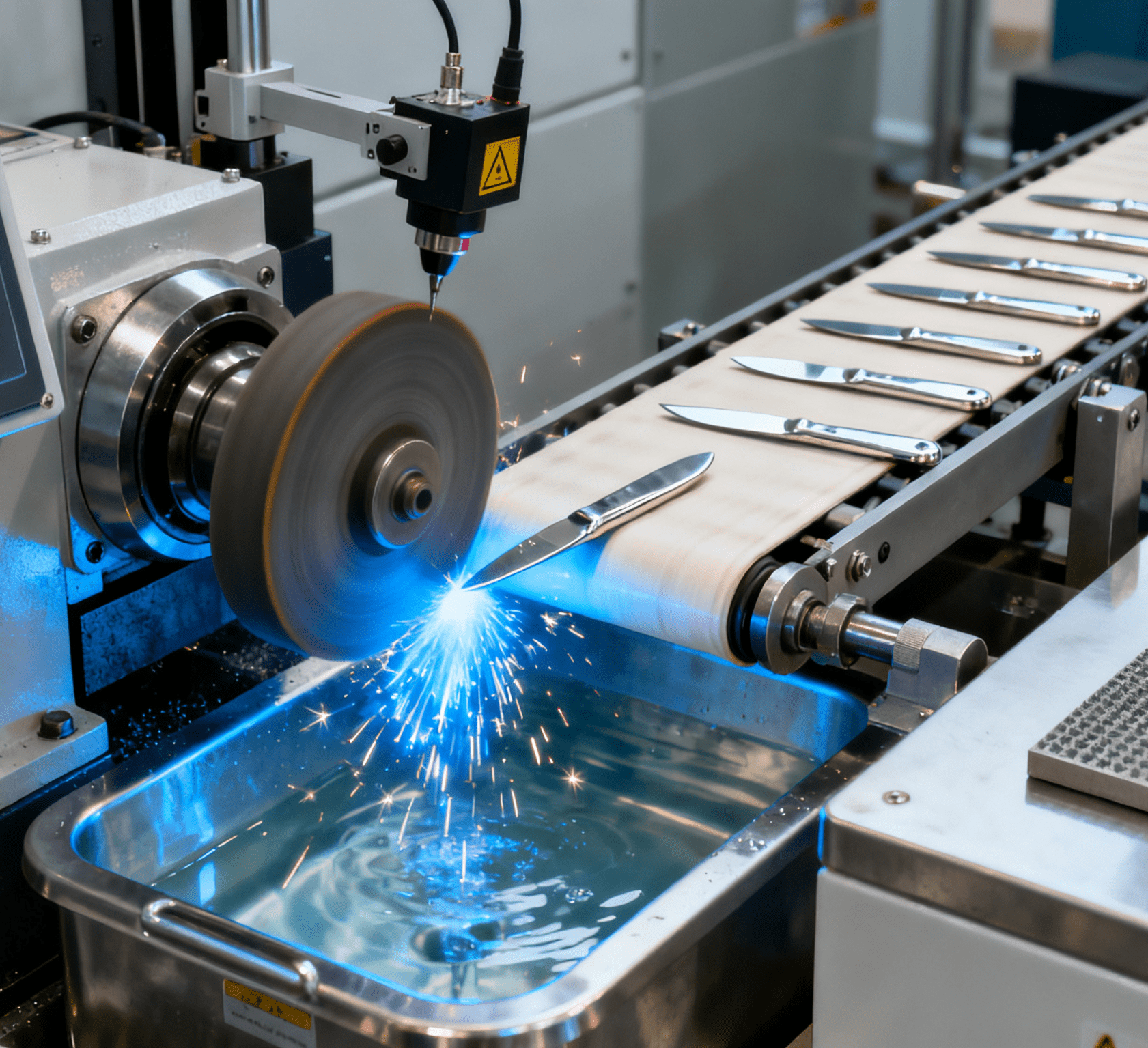Dancing in Sync with Made – in – China Intelligence: Panasonic’s Path to Breakthrough in Localization Strategy

In the dynamic and ever – evolving global industrial automation landscape, the pace of restructuring has reached a fever pitch. Amidst this rapid transformation, the Chinese market has emerged as a linchpin, its strategic significance escalating with each passing day. Zhang Jian, the astute BU Head of the Industrial Automation System BU at Panasonic Electric Works (China) Co., Ltd., recently engaged in an in – depth and revealing dialogue with gongkong®. During this exchange, he not only meticulously detailed Panasonic’s comprehensive development strategy within the Chinese automation market but also lifted the veil on the arduous yet rewarding transformation path that foreign – funded enterprises are traversing towards achieving deep – seated localization in China.
Zhang Jian emphasized that China has become a crucial strategic fulcrum in the global automation industry. He pointed out that China has three unique advantages in the field of automation: a large – scale talent pool, a complete and efficient industrial chain ecosystem, and the leadership in industrial transformation. Over the past few decades, under the guidance of policies and the joint efforts of Chinese and foreign enterprises, China’s industrial chain ecosystem has evolved into one of the world’s most advanced. Focusing on the technological innovations in the past decade, we can see that emerging manufacturing industries such as intelligent devices and new energy vehicles have first been implemented in China. China has become a global hub for equipment manufacturing trends.
While China’s industrial chain is rapidly maturing, the rapid rise of domestic manufacturers has given a positive impetus to the entire industry. Entrants must have a deep understanding of local market demands. In Zhang Jian’s view, the two key driving forces for the development of China’s automation industry can be summarized as “China Speed” and “China Cost”, which can be further elaborated in three aspects: first, the extreme compression of the product development cycle; second, the improvement of the cost – control ability throughout the entire process; and third, the creation of a product matrix with breakthrough cost – performance ratios.
To meet the unique demands of the Chinese market, Panasonic has deepened its localization layout through organizational changes and flexible solutions. In April 2024, Panasonic established the Automation System BU, which is its first overseas business unit integrating R & D, sales, and manufacturing, breaking the previous paradigm of horizontal collaboration. Meanwhile, the establishment of the Suzhou R & D Center is another key move, aiming to provide rapid product development capabilities tailored to the needs of Chinese customers.
With strategy taking the lead, Panasonic achieved remarkable performance growth in 2024. In that year, Panasonic’s automation business in China achieved a significant year – on – year increase of 22%. This achievement mainly relied on three core factors: first, the recovery of traditional industries, as the improvement of AI computing power drove the demand recovery in Panasonic’s advantageous areas such as PCs and mobile phones; second, benefiting from China’s overseas industrial chain layout, Panasonic’s products were exported to markets such as India, Southeast Asia, and Mexico along with Chinese manufacturers; third, Panasonic decentralized the authority from its headquarters to the Chinese team, significantly improving the local decision – making efficiency and the response speed to customer demands.
Strategic adjustment is a top – down systemic change. For the market, product adjustment is the most tangible change that local customers can perceive first. In terms of products, Panasonic is undergoing a role adjustment towards a three – dimensional solution provider. Zhang Jian mentioned that Panasonic’s current key strategy in the Chinese market is to build all – round solutions. Through the free combination of product lines such as controllers and sensors, it forms flexible solutions suitable for small and medium – sized equipment manufacturers.
It can be seen that, unlike the conservative strategies of some foreign – funded brands, Panasonic has chosen to take deep root in China. Relying on China’s talent, supply chain, and manufacturing strength, it has strengthened




















